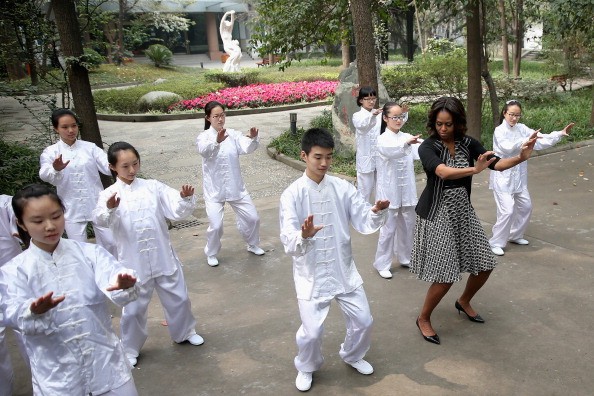Fans of Chinese taiji are wondering when the martial art will be recognized and included in the United Nations Educational, Scientific, and Cultural Organization (UNESCO)’s Intangible Cultural Heritage of Humanity list, the Straits Times reported.
In 2011, South Korea’s taekkyeon was the first martial art to be included in the list. Fans of the taiji martial art believe it’s high time it is internationally recognized. Furthermore, making it to UNESCO’s list is opening one door to understanding Chinese culture.
“Through taiji, one can understand Chinese culture, from medicine to literature, from philosophy to art,” said Yan Shuangjun, head of the Tai Chi UNESCO Heritage Application Group, in an interview with the Straits Times.
Over the years, Yan has lobbied for the inclusion of the taiji martial art into the list, which aims to protect and celebrate cultural diversity around the world.
If taiji is still not recognized by UNESCO’s list despite its deeply embedded connections to Chinese culture, fans and practitioners fear that other countries might push for their own variations of the martial art. Taiji, after all, has spread throughout Asia and is a popular form of therapeutic exercise.
“Both South Korea and Japan are competing with us to get taiji registered. Especially South Korea,” said Zhang Liyong, Henan Province’s delegate during this year’s session of the National People’s Congress.
“Some people are claiming taiji was invented by Koreans. And since South Korea has already registered the Dragon boat Festival as theirs, we should be alarmed.”
China won’t get any monetary prize if taiji is included in UNESCO’s Intangible Cultural Heritage of Humanity list. The recognition, however, means a lot to taiji advocates like Yan. So far, the government has yet to announce whether it will nominate taiji this year. Yan is increasingly worried as the deadline for nominations is on March 31.
“No news is bad news,” Yan told the Straits Times.




























